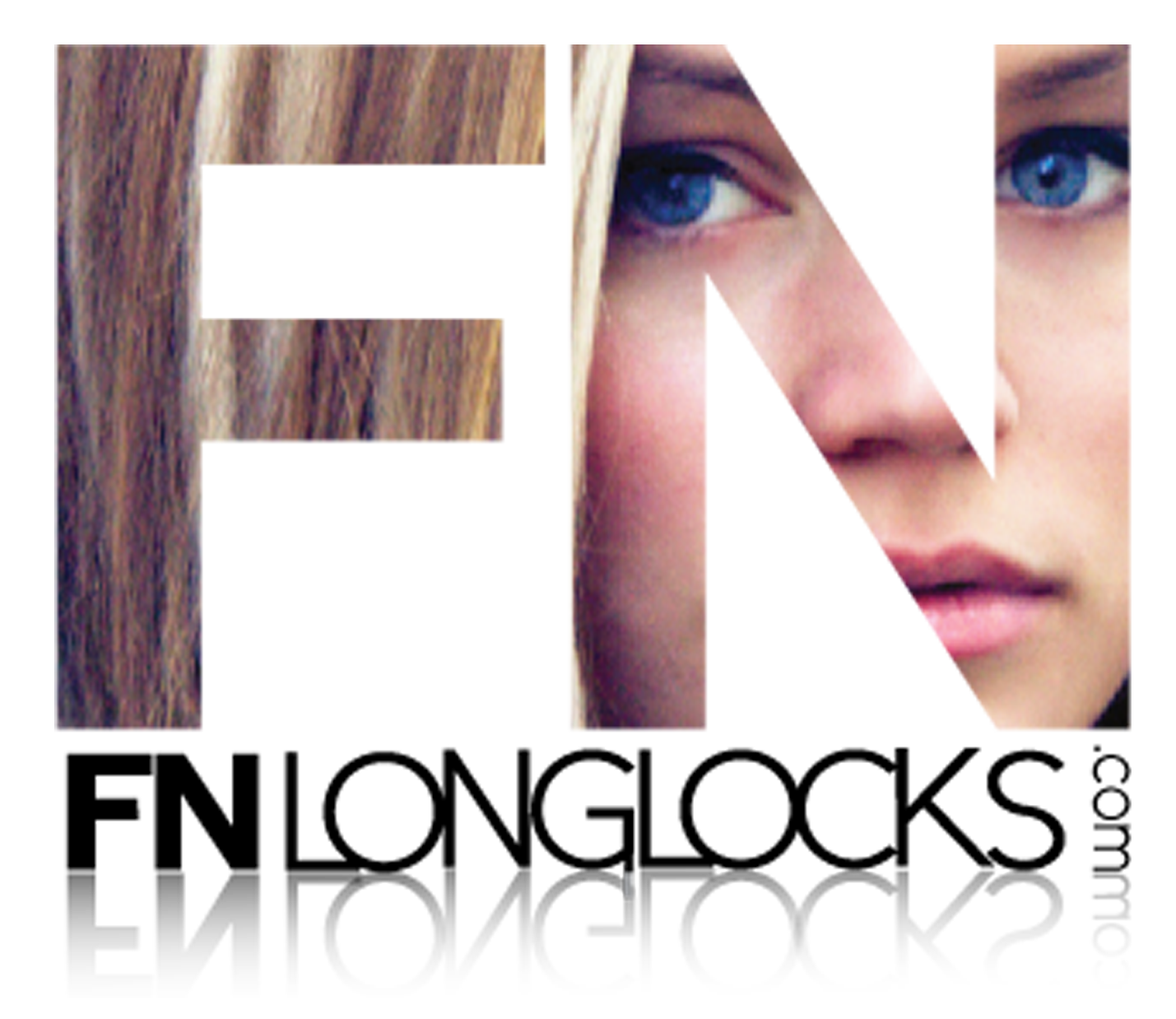
Hair extensions have become a popular accessory for those looking to add length, volume, or color to their hair without the commitment of permanent changes. Among the various types of hair extensions, weft extensions are a popular option for their versatility and ease of application. In this blog, we'll explore the different types of weft extensions, their benefits, and how to choose the right one for you. What are Weft Extensions?
Types of Weft Extensions
1. Sew-In Wefts
Sew-in wefts are one of the most common types of weft extensions. They require the natural hair to be braided down into cornrows, and the wefts are then sewn onto these braids using a needle and thread. This method is durable and can last for several weeks, making it ideal for those looking for a longer-term solution.
Pros:
- Long-lasting
- Secure attachment
- Suitable for various hair types
Cons:
- Requires professional installation
- Can cause tension on the scalp if not applied correctly
2. Clip-In Wefts
Clip-in wefts are perfect for those who want a temporary solution. These wefts come with clips attached, allowing you to easily clip them into your hair whenever you want a quick change. They’re great for special occasions or when you want to enhance your look without a long-term commitment.
Pros:
- Easy to apply and remove
- No professional help needed
- Versatile and reusable
Cons:
- Not suitable for long-term wear
- May slip or fall out if not clipped properly or if hair is fine
3. Tape-In Wefts
Tape-in wefts are a semi-permanent option that involves using adhesive tape to attach the wefts to your natural hair. This method is less damaging than sew-in extensions and is quick to apply, usually taking less than a couple of hours.
Pros:
- Quick application
- Lightweight and comfortable
- Blends well with natural hair
Cons:
- Requires professional installation
- Tape may need to be replaced every few weeks
4. Micro-Link Wefts
Micro-link wefts utilize small beads or links to attach the extensions to your natural hair without the use of glue or heat. This method is gentle on the hair and allows for easy adjustments.
Pros:
- No damage from glue or heat
- Can be reused multiple times
- Allows for natural movement of hair
Cons:
- Requires professional installation
- Can be time-consuming to apply
Hand-Tied Weft
A hand-tied weft is a type of hair extension that is created by sewing strands of hair together by hand, resulting in a thin, flexible strip. This method allows the weft to lay flat against the scalp, providing a more natural look and feel. Hand-tied wefts can be sewn into the natural hair using various methods, and they are often used in combination with other techniques for a customized application.
Pros:
1. Hand-tied wefts lay flat against the scalp, making it easier to blend seamlessly with your natural hair.
2. They are typically lighter than other types of extensions, reducing strain on your scalp and making them more comfortable to wear.
3. Hand-tied wefts can be styled in various ways, allowing for updos, ponytails, and other hairstyles without the wefts being visible.
4. When installed correctly, hand-tied wefts can be less damaging to your natural hair compared to some other methods, as they do not require adhesives or heavy bonds.
5. With proper care Hand-tied wefts can often be reused multiple times, making them a cost-effective option in the long run.
Cons:
1. Professional Installation Required: Hand-tied wefts typically require a skilled stylist for installation, which can add to the overall cost.
2. Time-Consuming Application. The installation process can be lengthy, often taking several hours, especially if you're applying a full head of extensions.
3. Maintenance. While they can last several weeks, hand-tied wefts do require regular maintenance, such as repositioning and tightening, which can involve additional salon visits.
4. Limited Volume. For those seeking a very voluminous look, hand-tied wefts may not provide as much fullness as other methods.
5. Scalp Sensitivity. If not installed properly, hand-tied wefts can cause tension on the scalp, leading to discomfort or even hair loss.
Weft extensions offer an exciting way to transform your look, whether you're after added length, volume, or color. With various types available, there's something for everyone. By understanding the differences between each type and considering your personal needs, you can find the perfect weft extensions to enhance your beauty and confidence. Remember, consulting with a professional stylist can help you make the best choice for your hair type and lifestyle. Happy styling!
















